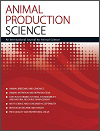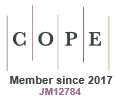AN24167A review of extended lactation in dairy cows managed in high-input and pasture-based farming systems
A literature review of extended lactation (EL) in dairy cows managed under intensive- and pasture-based farming conditions was conducted. EL may improve reproductive performance, animal health and welfare and reduce the number of ‘surplus’ calves. Implementing EL in a pasture-based system is more challenging, given its reliance on the annual pasture growth cycle and will require strategically feeding supplements to maintain milk yield of cows. The potential benefits of EL in such a system warrant more research.
AN24167 Abstract | AN24167 Full Text | AN24167PDF (540 KB) Open Access Article





